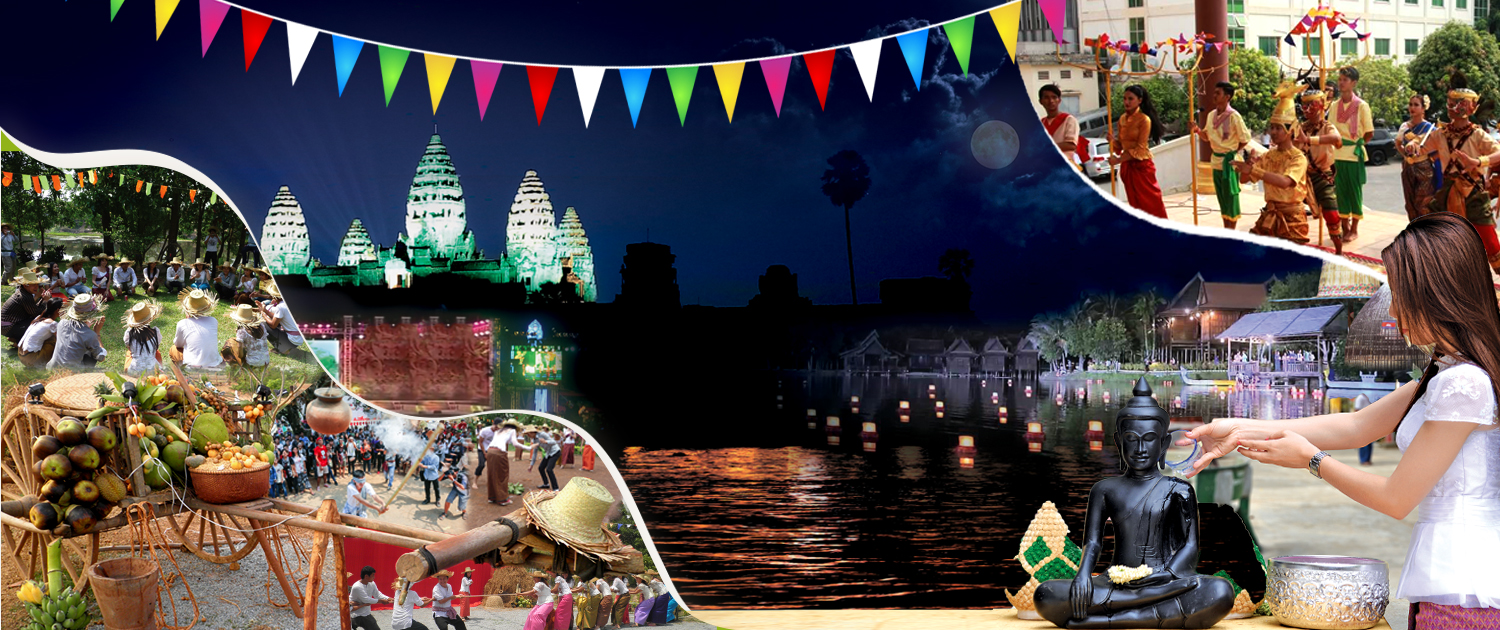The Khmer New Year, or ‘Bon Chol Chhnam Thmei’ in the Khmer language, is traditionally celebrated on 13 April each year although sometimes the event may fall on 14 April in keeping with the Cambodian lunar calendar.
The Khmer New Year marks the end of the traditional harvest season and is usually observed in the month of April, the hottest and driest month of the year; a period quite intolerable to be working on a farm. They take this to be an opportune time to visit the temple to express gratitude to the deities for a good harvest and also a time for relaxation before a new season begins. The term Chol Chhnam Thmei literally means ‘Enter a New Year’. Cambodians clean their homes a few days ahead to welcome the deities and look forward to new and better year.
To understand why the Khmer New Year day always falls in April, we need to understand the solar calendar that was used during the period. A year is divided into 12 Reaseys (Rashi) which form the divisions of the path of Earth around the sun. These Reaseys correspond to star constellations. Amongst the twelve Reaseys, there is a star called Songkran which is also knowns as Chaitra. This particular star which divids the Mina and Mesa Reasey, is the dividing point to mark the end of the current year and start a new year. As soon as the Earth enters Mesa Reasey, it signifies the first day of New Year which is know also as the Maha Snagkrang day.
On the first day of Khmer New Year, Maha Sangkran, they prepare tables of offerings at the entrances of their homes and businesses and also bring offerings to their temple of choice.
The temples are dressed up and garlanded with flowers. The temple courtyards become playgrounds for the people to meet up and to play traditional games designed for this time of the year. These games are opportunities for the boys and girls to interact. to A game called angkunh, for example, uses large inedible nuts that are tossed and knocked about by opposing teams.
On the second day, children present gifts to their parents and grandparents while parents would get new clothes for their children. Families give money, food, and clothes to the poor; its a day for giving. Come evening, people head to the temple to give thanks to their ancestors and the deities.
The third and final day, Vearak Loeng Sak, is the Day of New Beginnings. The day begins with a religious ceremony; Buddha statues are bathed with scented water to bring good rainfall. Some choose to also bathe monks, their parents, and grandparents to bring good luck and longevity.

